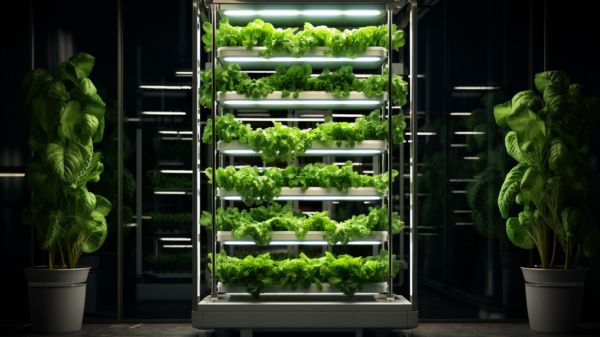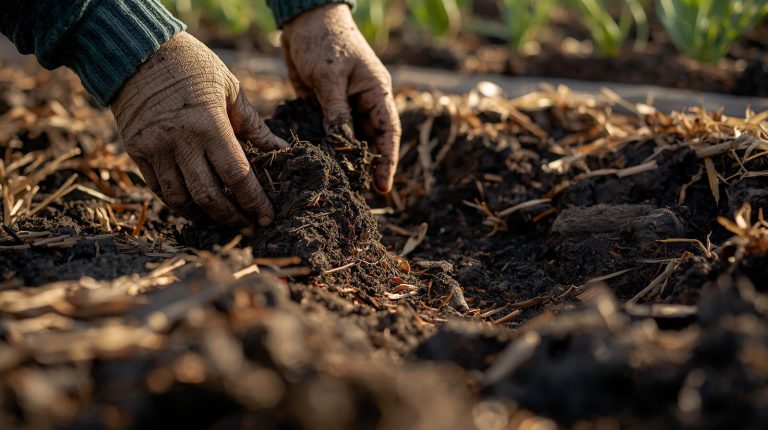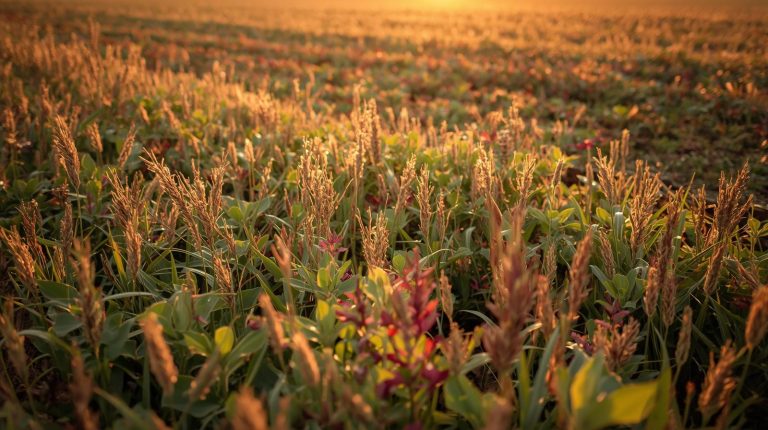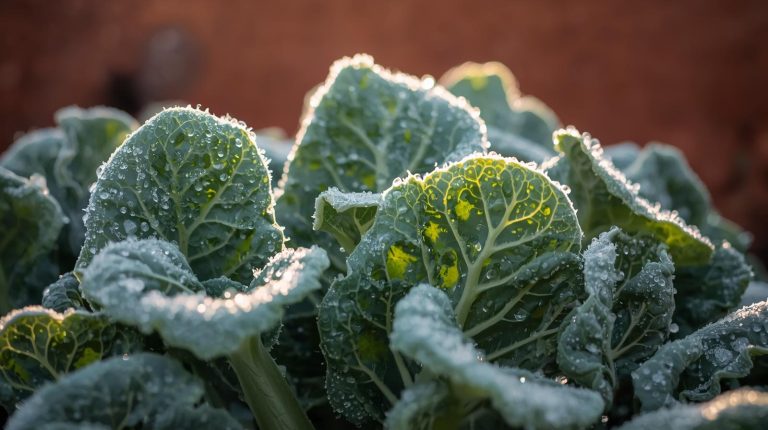In the world where your phone is smarter than your light bulbs, it’s time to bring your indoor gardens into the 21st century with energy-efficient lights. You’re not just growing plants; you’re cultivating a community of green-thumbed friends, all striving for a sustainable indoor oasis.
As you embark on this journey, let’s shed some light on how you can choose the best energy-efficient options for your leafy companions. Understanding the nuances of light spectrums and energy consumption isn’t just smart; it’s a necessity for you and your indoor plants to thrive together.
So, grab your gardening gloves, and let’s dig into the essentials of selecting lights that’ll keep your indoor garden lush without draining the planet—or your wallet.
Assessing Light Types
Your indoor garden’s success hinges on choosing the right type of energy-efficient grow light that best suits your plants’ needs. LED grow lights, known for their full spectrum and energy efficiency, offer a light spectrum range that mimics natural sunlight, fostering robust plant growth.
When choosing grow lights, consider the Photosynthetic Photon Flux Density (PPFD), which measures the light’s effectiveness in promoting photosynthesis.
Different types of LED grow fixtures cater to various stages of plant development, with color temperature playing a pivotal role. Fluorescent lights, while less energy-efficient than LEDs, can suffice for seedlings or low-light plants.
It’s crucial to understand the nuances of these light fixtures to ensure your plants thrive in a welcoming, well-lit indoor community.
Understanding Light Spectrums
When choosing lights for your indoor garden, it’s crucial to understand that different plants respond uniquely to various light spectrums. Violet-blue light, within the 400 – 520 nanometer range, is pivotal for chlorophyll absorption, which is essential during the vegetative growth stage. Conversely, red light, spanning the 610 – 720 spectrum range, fosters flowering and budding.
LED grow lights adeptly offer both red and blue spectrums, providing a tailored light source to optimize plant growth. Moreover, full-spectrum lights embrace a broader color spectrum, mimicking natural daylight.
This light spectrum includes photosynthetically active radiation, which is vital for overall plant health and development. These lights, measured on the Kelvin scale, yield a white light appearance, making them beneficial across all growth stages.
Calculating Energy Efficiency
To calculate the energy efficiency of your indoor garden’s lighting, you’ll need to consider the Photosynthetic Photon Flux Density (PPFD) values, which indicate the amount of usable light plants receive per second. PPFD provides a precise measure of light intensity that’s crucial when selecting LED lights, renowned for their high light output and low heat.
Unlike traditional wattage metrics, PPFD values offer a true reflection of a light’s performance, ensuring you’re equipped with energy-efficient grow lights for indoor gardening that foster a sense of community among like-minded enthusiasts.
When calculating energy efficiency, assess the PPFD against energy consumption. LED lights with higher PPFD per watt efficiency make the most of electrical input, translating to robust growth without excess energy expenditure.
Optimizing Light Placement
Once you’ve selected energy-efficient lights based on PPFD values, it’s crucial to place them strategically to maximize your indoor garden’s growth potential.
Optimizing light placement ensures that each grow light effectively distributes the amount of light your plants need. For an indoor garden, the goal is to mimic the sun’s coverage, so light reaches the plants uniformly.
Considering the type of light is essential when choosing a grow light. Incandescent lights should hover at least 24 inches above, while fluorescent lights can be closer, about 12 inches.
The most advanced, LED lights, can be positioned as close as 6 inches due to their cooler operation. Adjust these distances as your plants grow, monitoring light levels to provide your greenery with the ideal hours of light within your growing area.
Managing Light Duration
You’ll need to manage the duration of light exposure carefully to complement the strategic placement of your energy-efficient lights, ensuring your plants get the required hours of light and darkness for optimal growth.
When choosing grow light bulbs, consider the needs of your specific plants—most vegetables and flowering indoor plants thrive with 12 to 16 hours of light a day. Remember to turn your grow lights off to provide at least 8 hours of darkness; this period is crucial for their growth cycle.
Managing light duration isn’t just about providing light, but also involves fostering a cycle that mimics natural conditions. By doing so, you join a community of growers committed to nurturing plants in a controlled, energy-efficient environment.
Conclusion
You’ve navigated the complex world of indoor garden lighting. By assessing light types, understanding spectrums, calculating efficiency, optimizing placement, and managing duration, you’re poised to select the ideal LED grow lights.
Remember, energy efficiency is key for sustainability and cost savings. Ensure you choose lights that deliver the right intensity and spectrum to mimic natural conditions.
With the right setup, your indoor garden will thrive, reflecting your commitment to both plant health and environmental consciousness.




